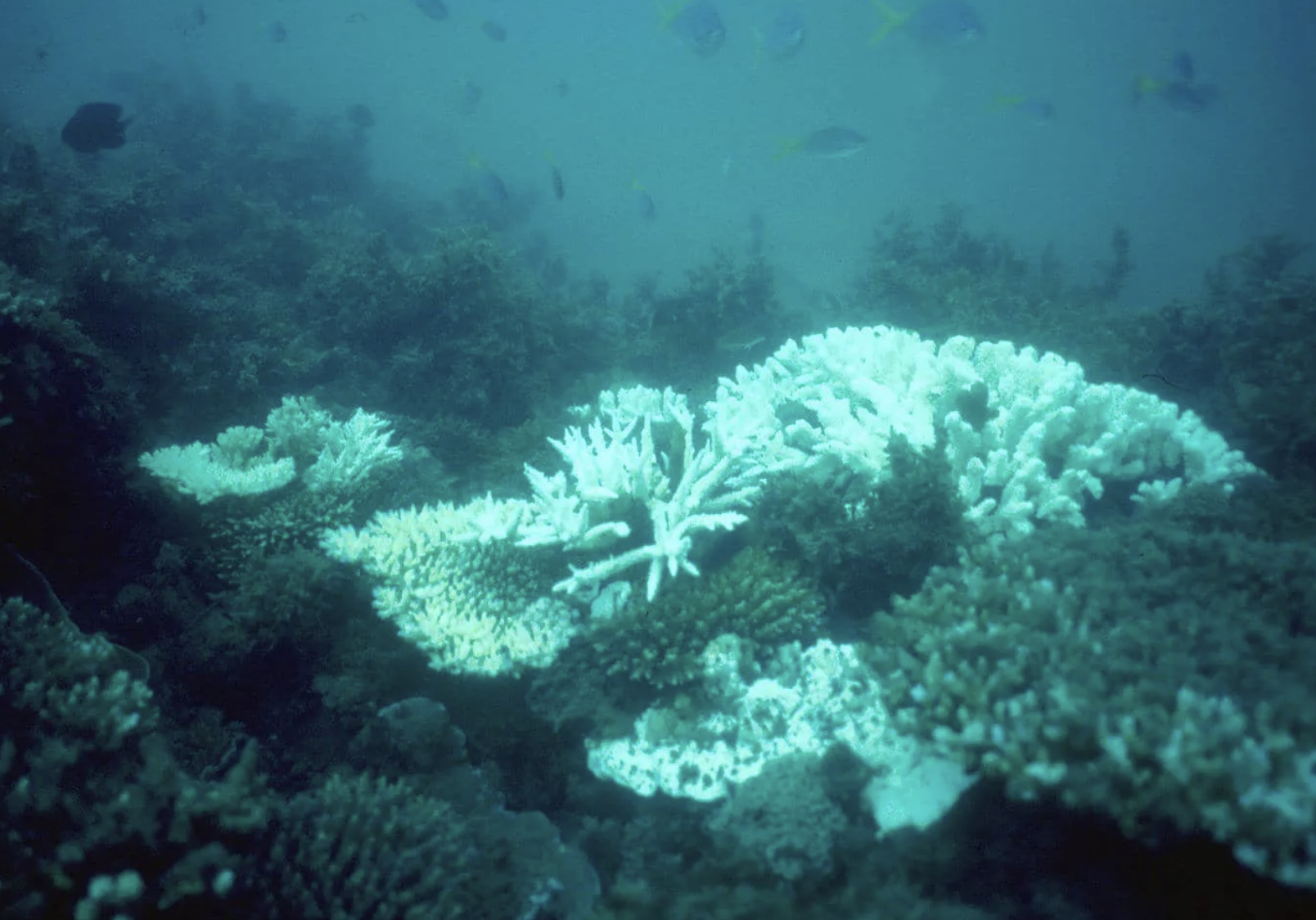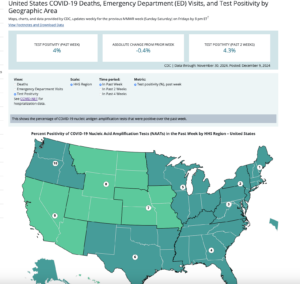
New research shows that coral reefs are at a 36-year high in the Great Barrier Reef of Australia. Yet the Australian Institute of Marine Science (AIMS) won’t tout those high averages. In fact, they’ve gone to great lengths not to.
Physicist Peter Ridd has studied the Great Barrier Reef since 1984. He says that AIMS “has effectively hidden the very good news about the reef between 2016 and 2022 by not publishing the GBR average data since 2017.” Why? This agency used averages in 2011 when coral was at an all-time low to predict that there would be a decline to 5-10% by 2022. Since it is 2022 and that didn’t happen, shouldn’t we talk about that?
Ridd points out that reefs are supposed to ebb and flow and that they are extremely resilient. He also points out that reefs may get bigger as the planet heats up because reefs grow more in warmer waters.
“The data since 1986 shows that every region, every sector and most reefs have had occasionally had periods of very low coral cover for one reason or another. This is entirely natural. The media makes much of oc- casional setbacks to coral cover, but a measure of the health of an ecosys- tem is the ability to recover from a major stress. Frail systems will not recover, robust systems recover well, just as healthy people recover quickly from disease.”
He goes on to say that “The data collected by AIMS shows that the GBR is a robust system with rapidly fluctuating coral cover. We must expect that, sometime in the future, a sequence of events will cause the coral cover to fall sharply, as it did in 2011. We must then remember that this is almost certainly natural, and not allow the merchants of doom to depress the children.”
And adults!






